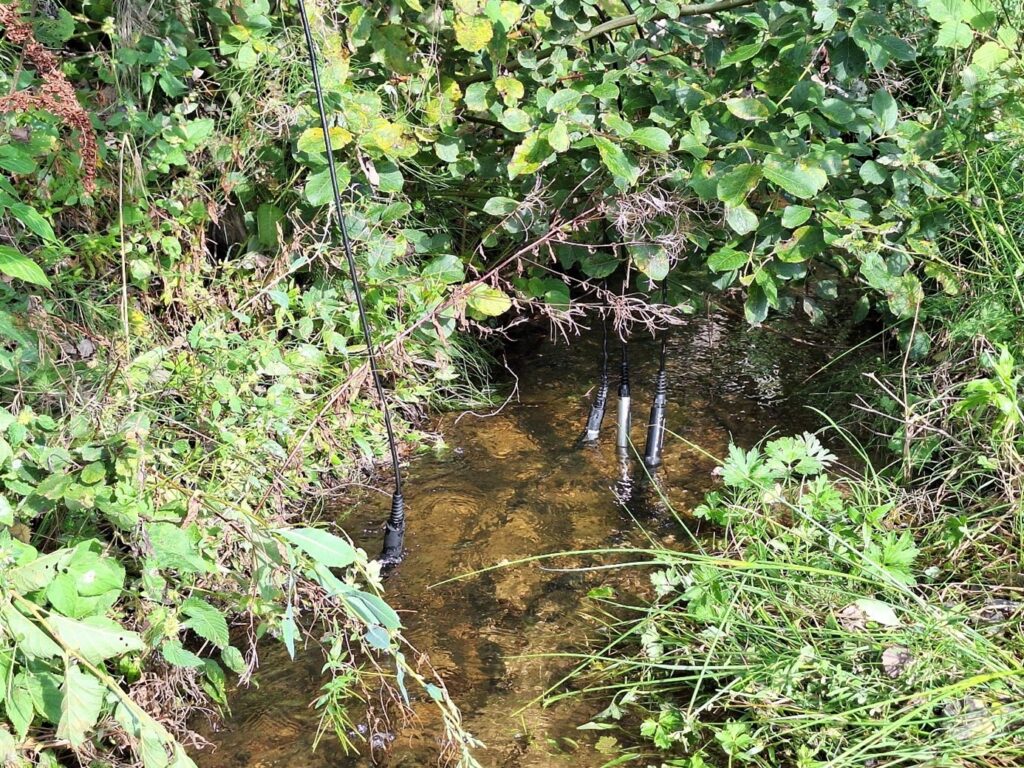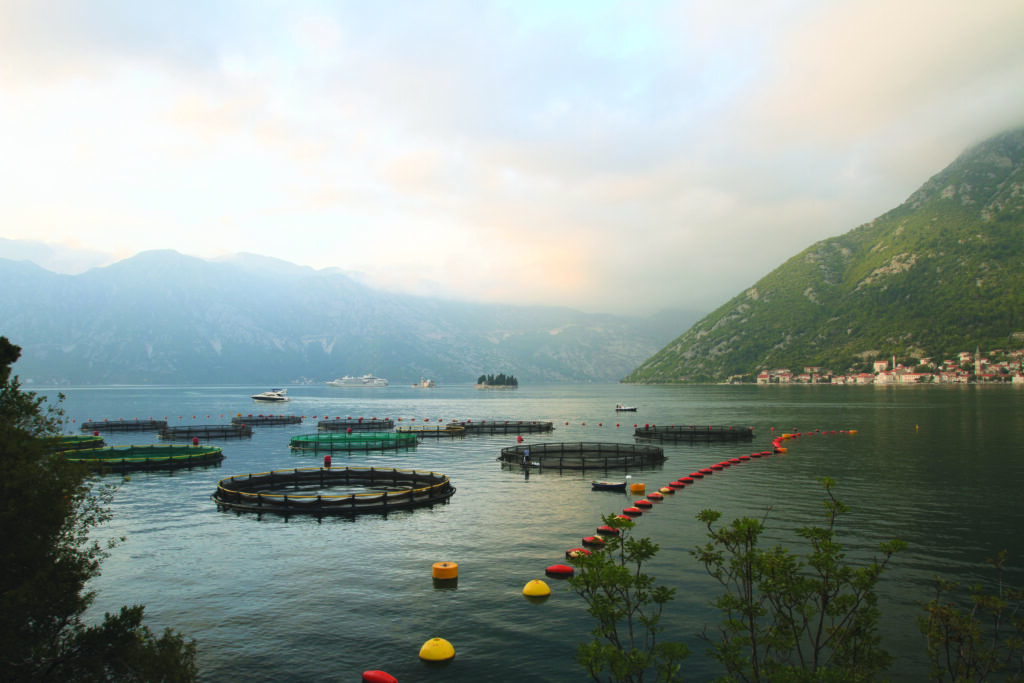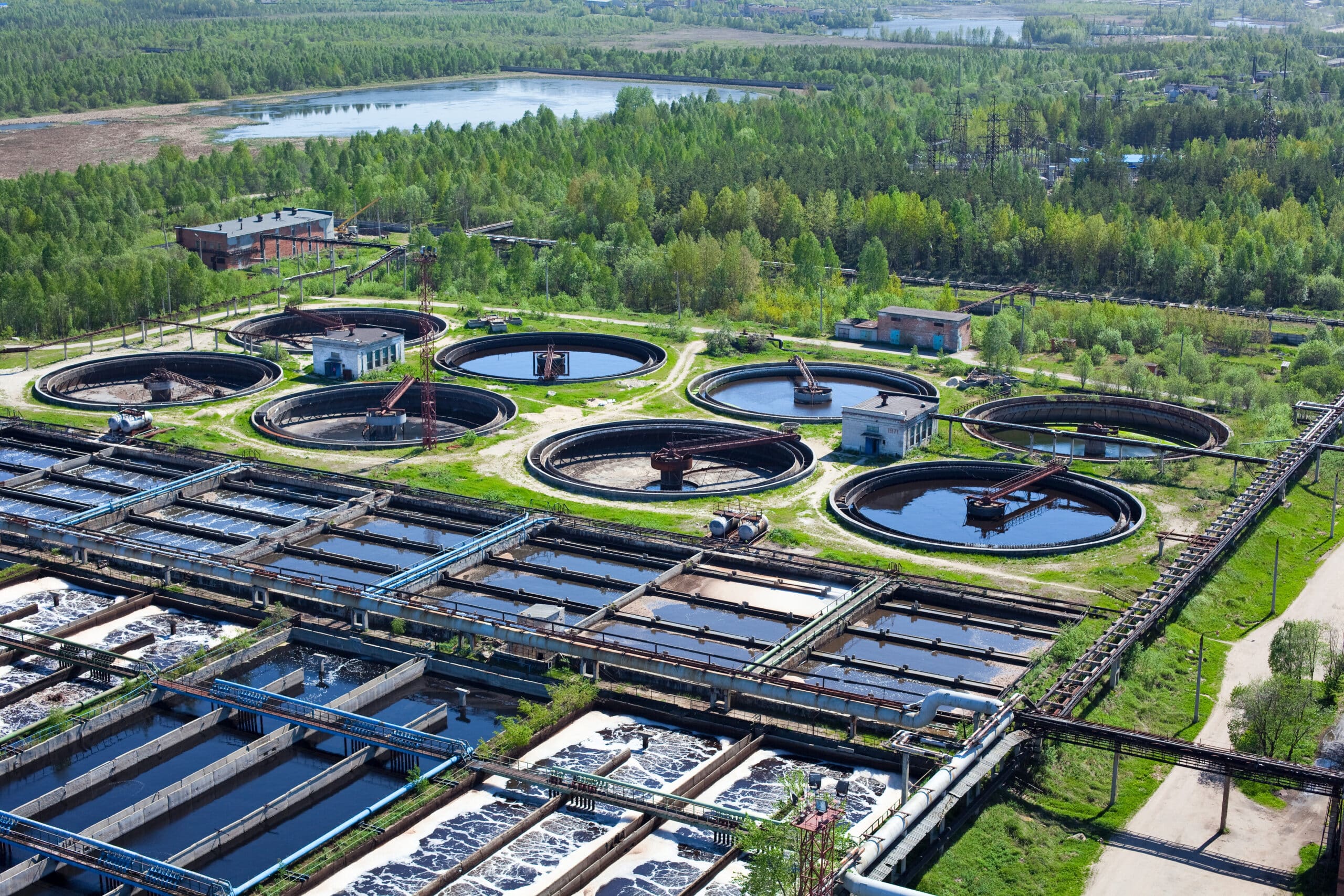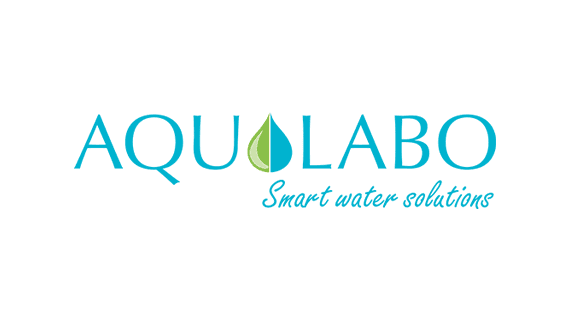Measuring dissolved oxygen in water: effective monitoring of water quality
Understanding why dissolved oxygen measurement is essential
Measuring dissolved oxygen (DO) in water is a fundamental parameter for assessing balance in natural environments and ensuring the proper operation of treatment systems. Whether in aeration basins, industrial waters, or aquatic ecosystems, monitoring this parameter provides key insight into biological activity, process performance, and environmental compliance.
What is dissolved oxygen and why monitor it?
Dissolved oxygen (DO) refers to the amount of O₂ present in a liquid such as water. It indicates air-water exchanges and biological activity (respiration, photosynthesis). Its level varies depending on temperature, agitation, photosynthesis, and pollution.
A good oxygen concentration ensures balanced water and limits unwanted growths. Conversely, a lack of oxygen leads to overall imbalance, disrupting aquatic life and the microorganisms responsible for biological treatment. In industrial or wastewater environments, this results in decreased process efficiency, accumulation of organic matter, and progressive degradation of water quality.

A key indicator for assessing pollution
The dissolved oxygen level is one of the most reliable indicators for assessing pollution in aquatic environments or effluents. When water contains too much organic matter, its degradation by microorganisms consumes available oxygen, leading to a rapid decrease in dissolved O₂ concentration.
This phenomenon often indicates organic overload, poorly managed industrial discharge, or imbalances in the treatment process. Regular monitoring of this parameter therefore allows early detection of malfunctions, ensures compliance with environmental thresholds, and helps prevent pollution risks. It is a simple, reliable, and essential decision-making tool for any water monitoring strategy.
Where and how to measure dissolved oxygen
In wastewater and industrial treatment
In wastewater treatment plants, dissolved oxygen determines the success of biological nitrification and denitrification reactions. Proper DO levels promote microorganism activity and optimize aeration basin performance. Conversely, low oxygen levels cause fermentation, odors, and reduced treatment efficiency.
For industrial effluents, measuring dissolved oxygen helps control oxidation processes and verify discharge compliance before release. Continuous monitoring enables operators to adjust aeration, optimize energy consumption, and ensure regulatory compliance — maintaining efficient, environmentally responsible installations.
In drinking water production
In drinking water networks, controlling dissolved oxygen is essential to prevent corrosion, deposits, and unpleasant tastes. Aeration and deoxygenation stages are adjusted to stabilize water quality throughout the circuit. This monitoring ensures sanitary compliance and protects pipelines.

In natural and aquatic environments
In rivers, lakes, or coastal areas, dissolved oxygen levels reflect the overall ecological state. It determines the survival of fish, invertebrates, and aquatic plants. Insufficient oxygen quickly disrupts ecosystem balance, causing mortality, algal blooms, or water degradation.
Regular monitoring helps detect early signs of pollution and assess human impacts to guide ecosystem protection actions.

In fish farming and aquaculture
In aquaculture, dissolved oxygen directly affects fish health, behavior, and growth. Each species has its own requirements: trout and salmon need high oxygen levels, while bottom-dwelling species are more tolerant.
When water temperature rises, available oxygen decreases while fish consume more. Even a slight drop can slow growth or weaken immune systems.
Regular DO control is therefore essential to adjust aeration, avoid stress, and maintain an optimal balance in ponds year-round.
How to measure dissolved oxygen effectively
Available measurement methods
Dissolved oxygen can be measured through various methods depending on context and sector.
Chemical methods such as the Winkler titration provide high accuracy but require laboratory handling, making them less suitable for frequent on-site testing.
Electrochemical sensors, whether galvanic or polarographic, offer direct and continuous measurement but require regular maintenance and professional calibration.
Optical technologies based on luminescence measure oxygen without consuming it. Stable, precise, and easy to use, they are now the reference solution for DO monitoring in both natural and industrial environments.
Best practices for sensor use and maintenance
To ensure reliable results, DO measurement must follow basic principles. Sampling should be done under stable conditions, without air bubbles, and with adequate agitation to homogenize the sample.
Since temperature directly affects oxygen solubility, it must be measured simultaneously. Sensors must be regularly cleaned and calibrated according to manufacturer recommendations to avoid drift. Visual inspection of the membrane or sensitive surface also helps maintain measurement consistency. Proper maintenance ensures long-term sensor performance and reliable data essential for process control.
Integrating dissolved oxygen into a global monitoring system
Dissolved oxygen measurement is most effective when part of a multiparameter monitoring system. Combined with other indicators such as pH, Redox, conductivity, or temperature, it provides a comprehensive understanding of biological and physico-chemical processes.
These data can be recorded on dataloggers or transmitted remotely via RS485 or SDI-12 interfaces, enabling continuous tracking and centralized analysis. Whether through fixed stations, portable instruments, or connected systems, this integrated approach offers a global view of water quality while enhancing operator responsiveness to environmental or process variations.
AQUALABO solutions for dissolved oxygen measurement
Our OPTOD sensors ensure fast, precise, and stable dissolved oxygen measurement in all environments. Available in stainless steel, titanium, or plastic versions, they meet the specific requirements of wastewater, industrial effluents, natural waters, and aquaculture.
Thanks to their optical luminescent technology, these sensors deliver reliable results without frequent calibration or consumables. Enhance your water quality assessments with these versatile and durable sensors, designed for a wide range of applications.
OPTOD Optical Dissolved Oxygen Sensor
The OPTOD sensor uses optical luminescence technology in accordance with ASTM International Method D888-05. This method guarantees accurate, calibration-free measurement.
With no membrane or electrolyte, it requires no regular maintenance or recalibration. Available in 316L stainless steel or titanium, it withstands demanding environments — from wastewater and industrial effluents to natural waters.
Compact and easy to use, it integrates seamlessly with any system via Modbus RS-485 or SDI-12 communication, allowing data centralization and multi-sensor monitoring. Its precision and durability make it a reliable choice for water professionals, engineers, and technicians.
OPTOD Plastic Sensor
The plastic version of the OPTOD ensures precise and stable dissolved oxygen measurement while maintaining luminescent optical technology quality. Designed to withstand various measurement conditions, it is ideal for aquaculture and fish farming applications.
Its practical design includes two types of screens, with the option to add an antifouling system to reduce organic buildup. Easy to install and maintain, this model integrates effortlessly into multiparameter monitoring systems, providing continuous and reliable water quality measurement in both fresh and saltwater.
Toward better-controlled water quality monitoring
Measuring dissolved oxygen is a key indicator for understanding and managing water balance in multiple application areas. Accurate monitoring allows anticipation of variations, optimization of biological processes, and preservation of both ecosystem and system health.
Having a reliable, stable, and user-friendly measurement system is therefore a real asset for ensuring high-quality analysis.
Aqualabo designs dissolved oxygen sensors tailored to the most demanding environments. Contact us now so that our teams can advise you on the equipment best suited to your business.







